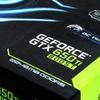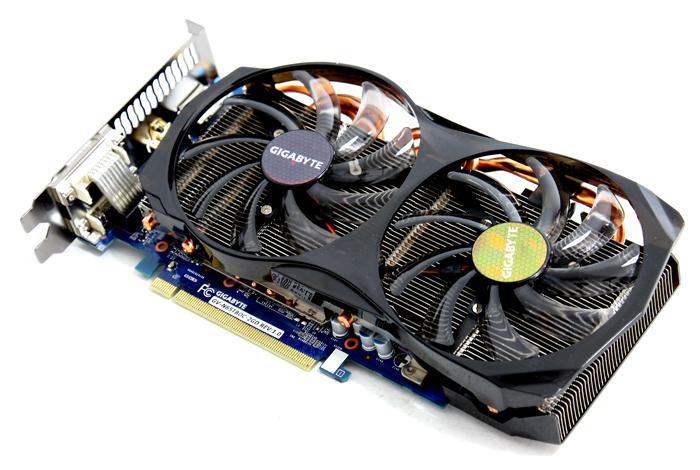Article
Checkin' da Gigabyte GeForce GTX 650 Ti Boost Windforce 2X OC Edition
In this article we review the Gigabyte GeForce GTX 650 Ti Boost OC WindForce 2X with that OC for a factory tweak and the Windforce indicating a silent yet powerful two fan cooling solution. The product is customized with a new PCB, cooling and a few tweaks, it has 2GB of memory with both that memory and the core base-clock slightly overclocked. An tasty product at an interesting price in the lower segment of the mainstream market.
The GeForce GTX 650 Ti Boost edition. It is their answer to the Radeon HD 7790 that AMD unleashed recently. Is entry level finally reaching mid-range? Can the card play your most favorite games at 1920x1080/1200? Well, yes it does, the GeForce GTX 650 Ti deserves some explanation though, as the entire 650 range itself now is getting a little flooded with products that differ quite a bit from each other.
See when you take the regular GeForce GTX 650 it comes castrated a bit with just 384 shader cores whereas the regular Ti model is released with a far better 768 CUDA cores (shader processors) and a 925 MHz GPU clock (for the reference products). So that's already nearly double the processing performance and allows the product to compete with the Radeon HD 7770. With the Radeon HD 7790 being roughly a third faster than 7770, NVIDIA needed to out a product that can keep up with that rather significant performance boost -- and as such the GeForce GTX 650 Ti Boost edition now is introduced. So budget graphics card series for gamers therefore just got a little more interesting. Albeit we say that 175 USD/EUR should not exactly really carry the mark of being low budget. With that price tag the GeForce GTX 650 Ti Boost positions itself smack-down in-between AMD's Radeon HD 7790 and 7850, and that really is a comfortable spot to be in for many of you as Full HD gaming (a monitor resolution of 1920x1080) is now becoming a viable option. Obviously NVIDIA did not want to make yet another separate chip. So The GTX 650 Ti Boost is the very same one used on the regular GTX 660, yup the GTX 650 Ti Boost is using the "GK106" silicon opposed to the GK107 being used on the regular 650 model (it's confusing as heck, we know). The GK106 silicon is armed with 768 active shader processor cores divided over four processor clusters running at a 980 MHz base clock on the reference products. That means that the GeForce GTX 650 Ti Boost packs decent enough punch. There is a distinct difference though, Boost or better yet, dynamics clocking has been added to this model. That means instead of running a strict 925 MHz base clock on the regular GTX 650 Ti, the Boost edition will now have a base-clock of 980 MHz, but will be allowed to boost to 1033 MHz. Realistically though, the Boost functionality is dependant of many factors like power usage, heat and temperatures of the GPU. So yeah, this GPU will run quite a bit of games at almost 1100 MHz all by itself as well.
The board partners will all release 2GB models of these cards. Not only that, NVIDIA moved from 128-bit towards a 192-bit memory bus, and that is going to help out the product greatly as all of the sudden we have 144 GB/sec of memory bandwidth as the memory domain clock frequency has received an upgrade as well, we move from 5.0 Gbps towards 6.0 Gbps on this card series. Overall the GeForce GTX 650 Ti Boost has enough horsepower to step into the DX11 games at up-to 1600x1200 resolutions, and if you can forfeit on the most stringent image quality settings like hefty AA then a resolution of 1920x1080/1200 will actually be playable as well. So just don't do any crazy stuff anti-aliasing wise, and it's definitely plausible to play games really nicely at such resolutions versus acceptable framerates.
For today's review we'll look at the Gigabyte GeForce GTX 650 Ti Boost OC WindForce 2X with in particular the OC edition SKU. The product comes with its core base clock set quite a bit higher then reference, at 1033 MHz and the memory at 6008 Mhz (effective datarate). With Gigabyte tweaking the baseclock we noticed that this product jumps quickly to 1098 MHz on the boost clock. Let's find out and see what is this product is all about, and then head on over next page please.


